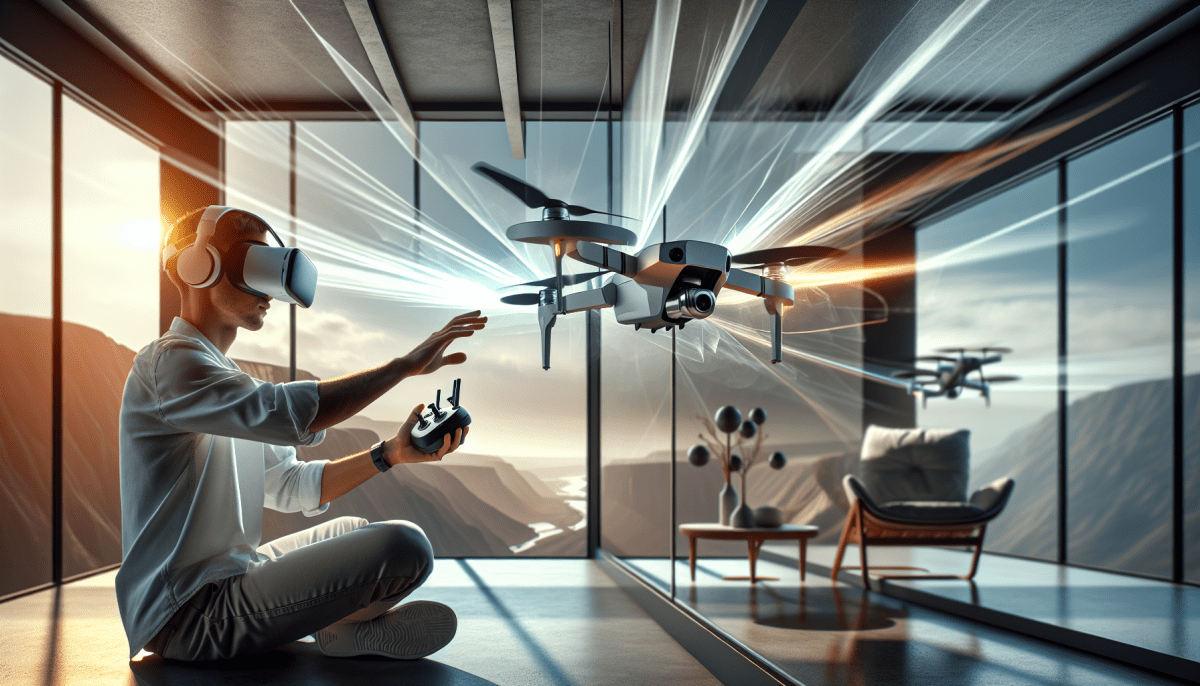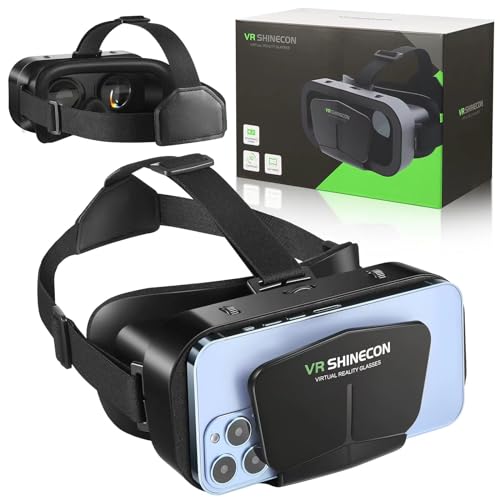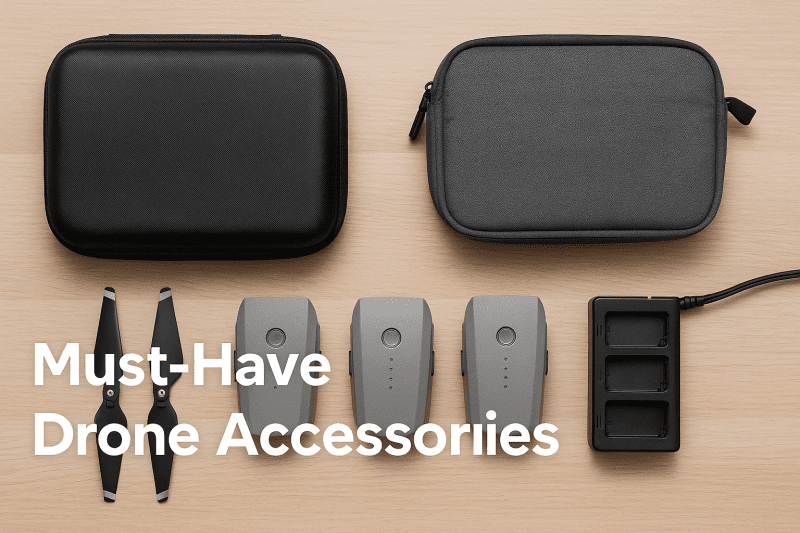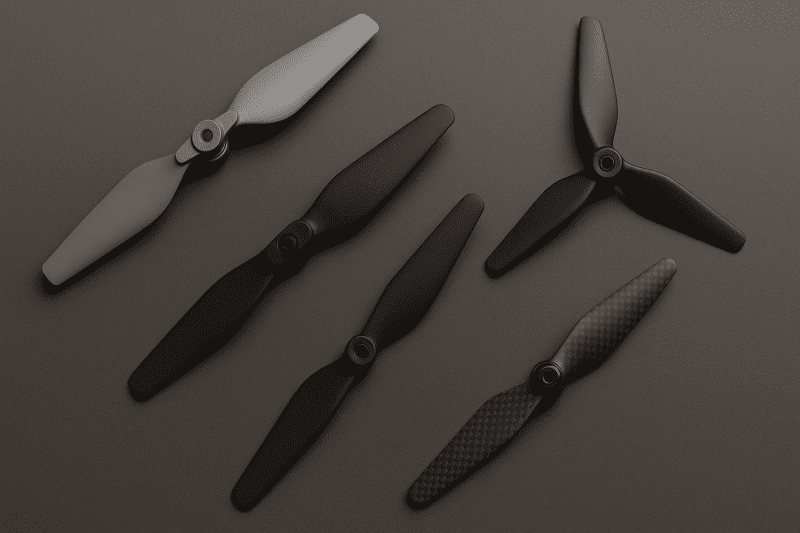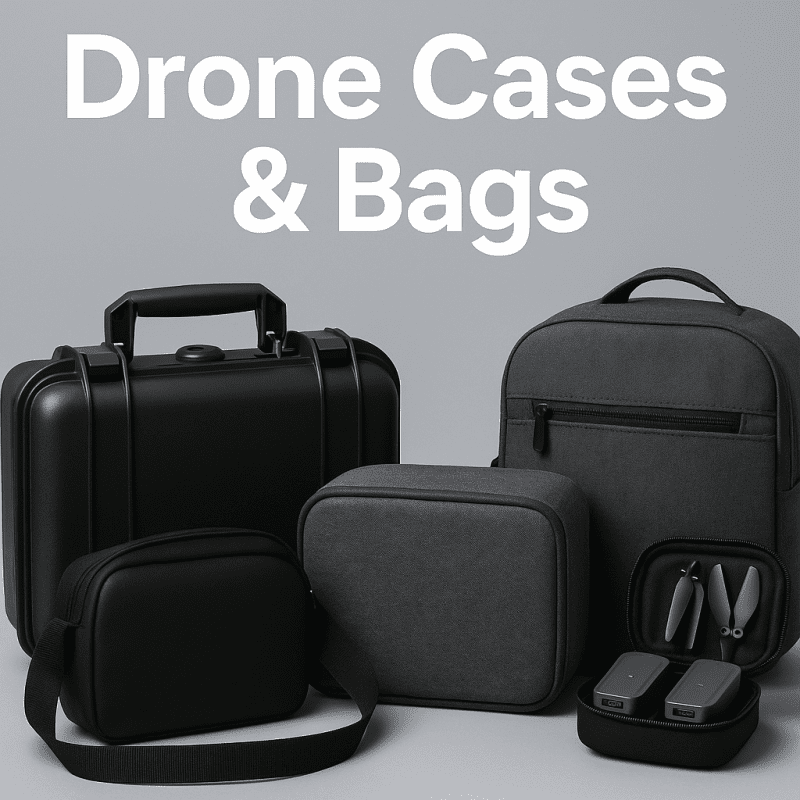Immersive Aerial Perception: Exploring the Benefits of Drone VR Headsets
When it comes to unmanned aerial vehicles, or drones, the technology has come a long way in recent years. What was once only available through expensive military-grade equipment is now accessible to consumers and hobbyists alike. One exciting development in the world of drone technology is the emergence of drone VR headsets, which offer users a unique and immersive perspective on their drone's aerial capabilities.
Enhanced Visual Experience
One of the primary benefits of using a drone VR headset is the enhanced visual experience it offers. Unlike traditional remote control flying, a VR headset provides users with a first-person view of their drone's flight path. This perspective allows for greater spatial awareness and a more engaging experience overall. Users can also explore new areas and spaces from a bird's eye view, which can offer new and exciting opportunities for exploration and discovery.
Improved Precision and Control
Another advantage of VR drone headsets is the improved precision and control it offers users. With a first-person perspective, users can navigate their drone with greater accuracy and streamline the flight process. Additionally, VR drone headsets can enable users to fly in more challenging environments or conditions, such as high winds or low-light situations. This added level of control can also make drone piloting a more accessible hobby, as users do not need to have as much experience to achieve satisfying results.
Real-World Applications
Aside from recreational use, drone VR headsets also have practical applications in various fields. For example, drone pilots can utilize VR headsets for search and rescue missions, survey and mapping, and filming aerial footage in higher quality. Additionally, VR drone headsets can be used in training simulations to help teach pilots how to operate a drone in a safe and controlled environment.
Conclusion
In the world of drone technology, the emergence of VR drone headsets offers users a unique and immersive perspective on aerial exploration. From enhanced visual experiences to improved precision and control, there are many benefits to utilizing a VR headset in drone piloting. As this technology continues to develop, we can expect to see more innovative and exciting applications for this technology in various fields.
Behind the Technology: How Drone VR Headsets Work and What They Offer
Drone VR headsets were designed to provide a unique and immersive experience when using drones. They offer an unmatched sensation of being in the cockpit of the drone, allowing pilots to fly and explore their surroundings effortlessly. But how exactly do they work, and what do they offer to drone enthusiasts and professional pilots?
How Drone VR Headsets Work
Drone VR headsets work by streaming real-time video from the drone's camera directly to the user's headset. The video feed is transmitted wirelessly from the drone's camera to a transmitter, which then broadcasts the signal to the VR headset's receiver. The headset's internal display shows the images captured by the drone, and the user can direct the drone's control accordingly based on what they see in the VR display.
The technology is supported by a combination of specialized hardware and software systems. The headset has an embedded gyroscope, accelerometer, and other sensors that track the user's head movements to allow for a more natural and immersive experience. The software processes the drone's video and 3D models in real-time, providing a simulated view of the environment that you can explore using the drone.
Advantages of Drone VR Headsets
One of the significant advantages of drone VR headsets is their ability to offer an enhanced and unique user experience. With VR headsets, users have a first-person perspective of the drone's camera without the need to look at the drone or its remote control. This allows pilots to focus on capturing high-quality footage without the distractions of maintaining their drone's visibility.
The hands-free control provided by VR headsets is another significant benefit. While traditional drone flying would require the pilot to maintain the drone's visibility, using VR headsets allows pilots to control the drone without having to look at the drone's remote, permitting pilots to fly the drone and capture footage with their hands-free.
Finally, drone VR headsets offer a safer and more comfortable flying experience. With the assistance of the VR headset interface, pilots can avoid crashes and collisions while exploring their surroundings. The VR headset also eliminates the need to be out in the sun or the wind, giving pilots the freedom to fly their drones comfortably indoors or outdoors, regardless of the weather.
Drone VR headsets are an innovative technology that offers a unique and seamless flying experience. By streaming real-time images captured by the drone's camera directly to the pilot's headset, these headsets provide an unparalleled first-person experience, hands-free control, safety, and comfort while drone-flying.
Applications and Opportunities: The Future of Drone VR Headsets for Commercial and Recreational Use
With the increasing use of drones for a wide range of purposes including aerial photography, mapping, and surveillance, the need for advanced tools to control and monitor drone movements is growing rapidly. To meet these demands, VR headset technology is being integrated into drone control systems as a means of providing a more immersive and intuitive experience for pilots.
In the commercial sector, drone VR headsets enable professionals in industries such as agriculture, mining, and construction to get a bird's-eye view of their operations in real-time. This allows for more accurate and efficient decision making in fields such as crop management, land surveying, and infrastructure inspections. The use of VR glasses can also improve safety protocols by enabling pilots to fly the drone from a distance instead of physically being in the same location as the drone.
For recreational users, drone VR headsets offer a unique and thrilling way to experience the excitement of flying a drone. Users can feel as if they are actually in the cockpit, experiencing the thrill of moving at high speeds, performing acrobatic maneuvers, and seeing breathtaking aerial views. Drones can also be used for gaming purposes, allowing for virtual drone races and obstacle courses.
There are many opportunities for innovation in the drone VR headset market. As VR technology continues to advance, we can expect to see more immersive experiences, better image quality, and more intuitive controls. Additionally, the inclusion of artificial intelligence in drone control systems could allow for autonomous flight or the ability to follow a predetermined flight plan, opening up new possibilities for commercial applications.
Overall, the future of drone VR headsets looks promising for both recreational and professional use. As the technology continues to mature, more opportunities for innovation and growth in this market are likely to arise, making drone VR headsets a must-have tool for drone pilots of all skill levels.
VR Headset for 3D Video Games & Movies
Experience Immersive Entertainment with the VR Headset for Drones and 3D Content
Product information
$19.99 $17.99
Product Review Score
4.98 out of 5 stars
140 reviews